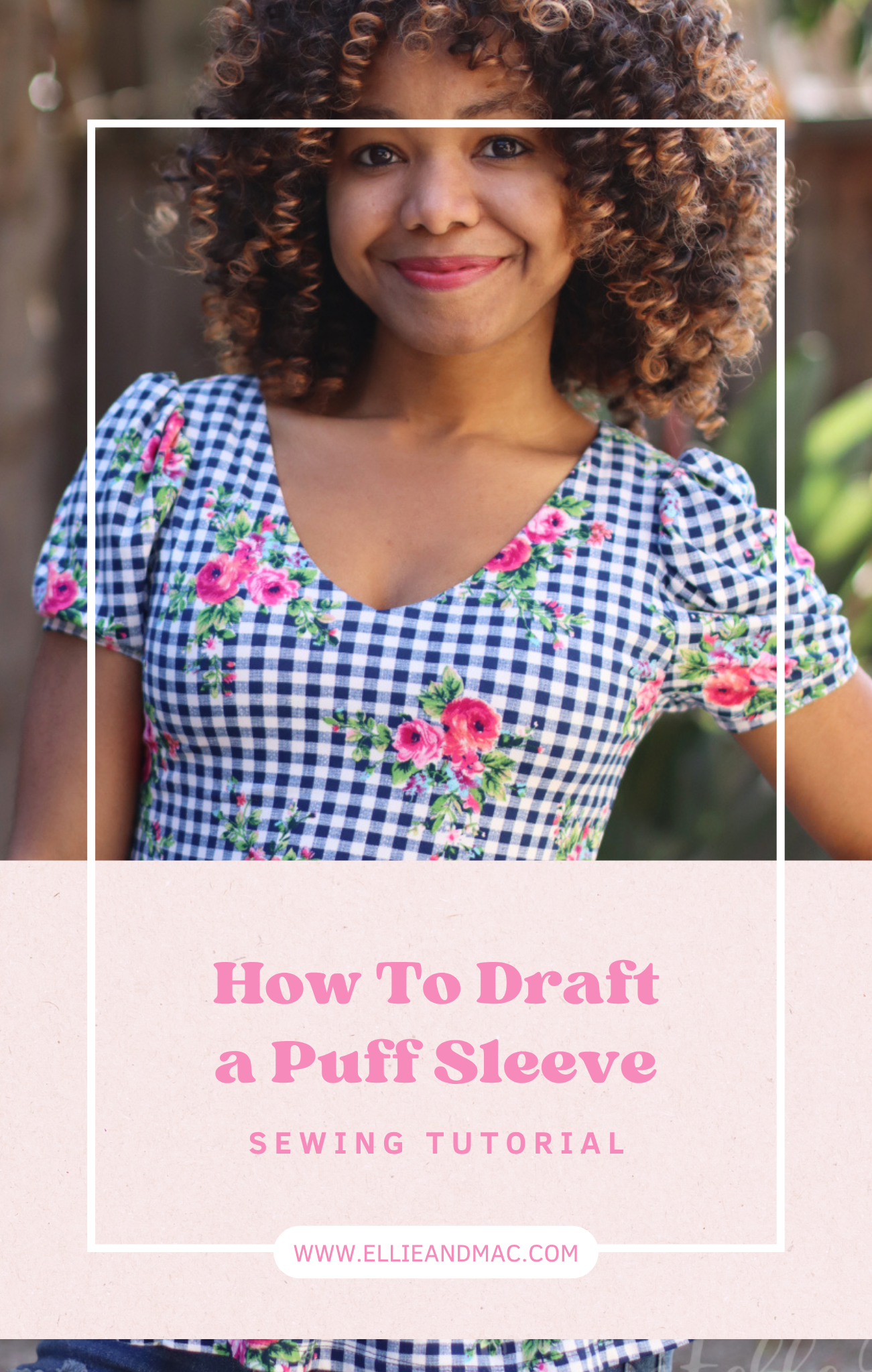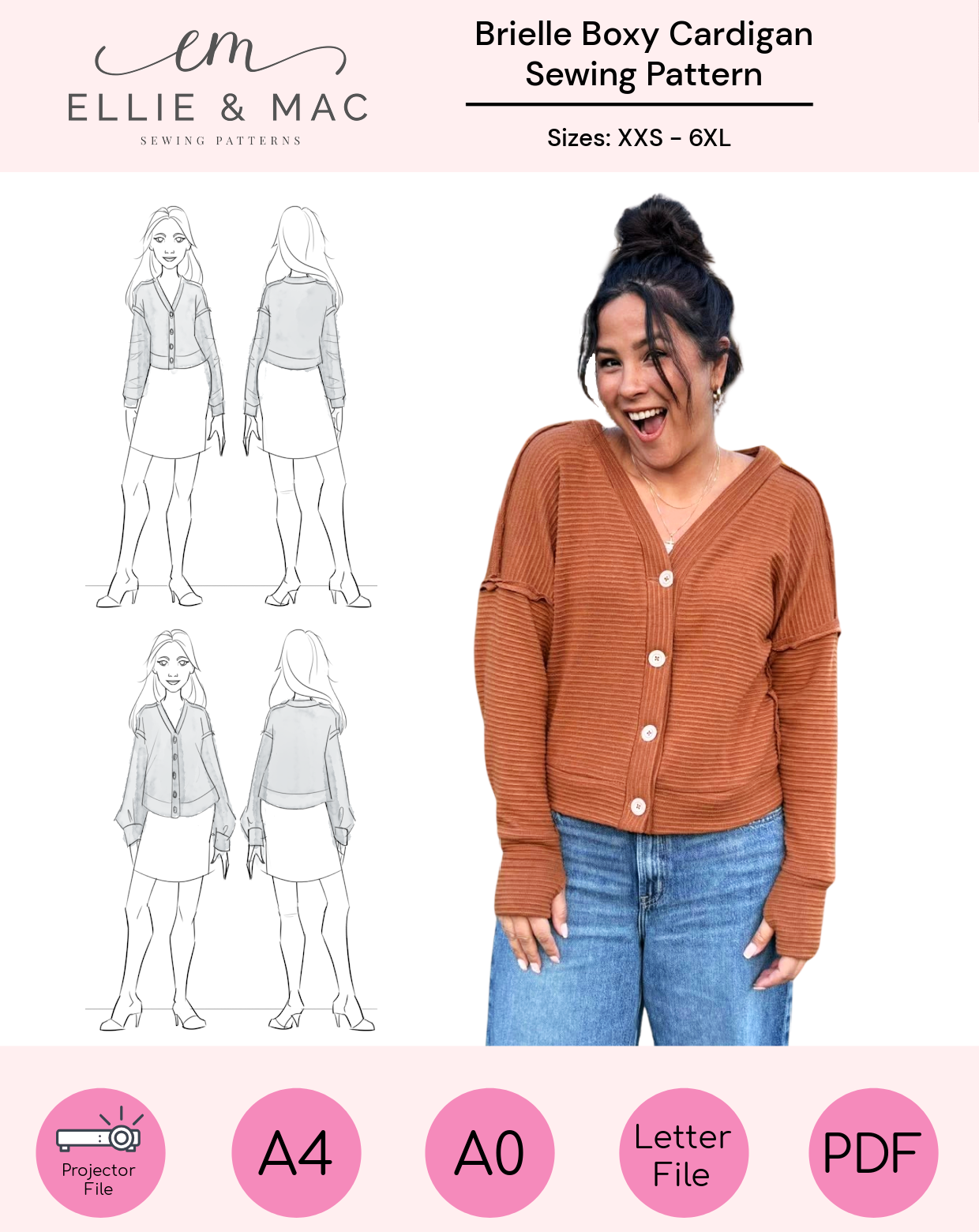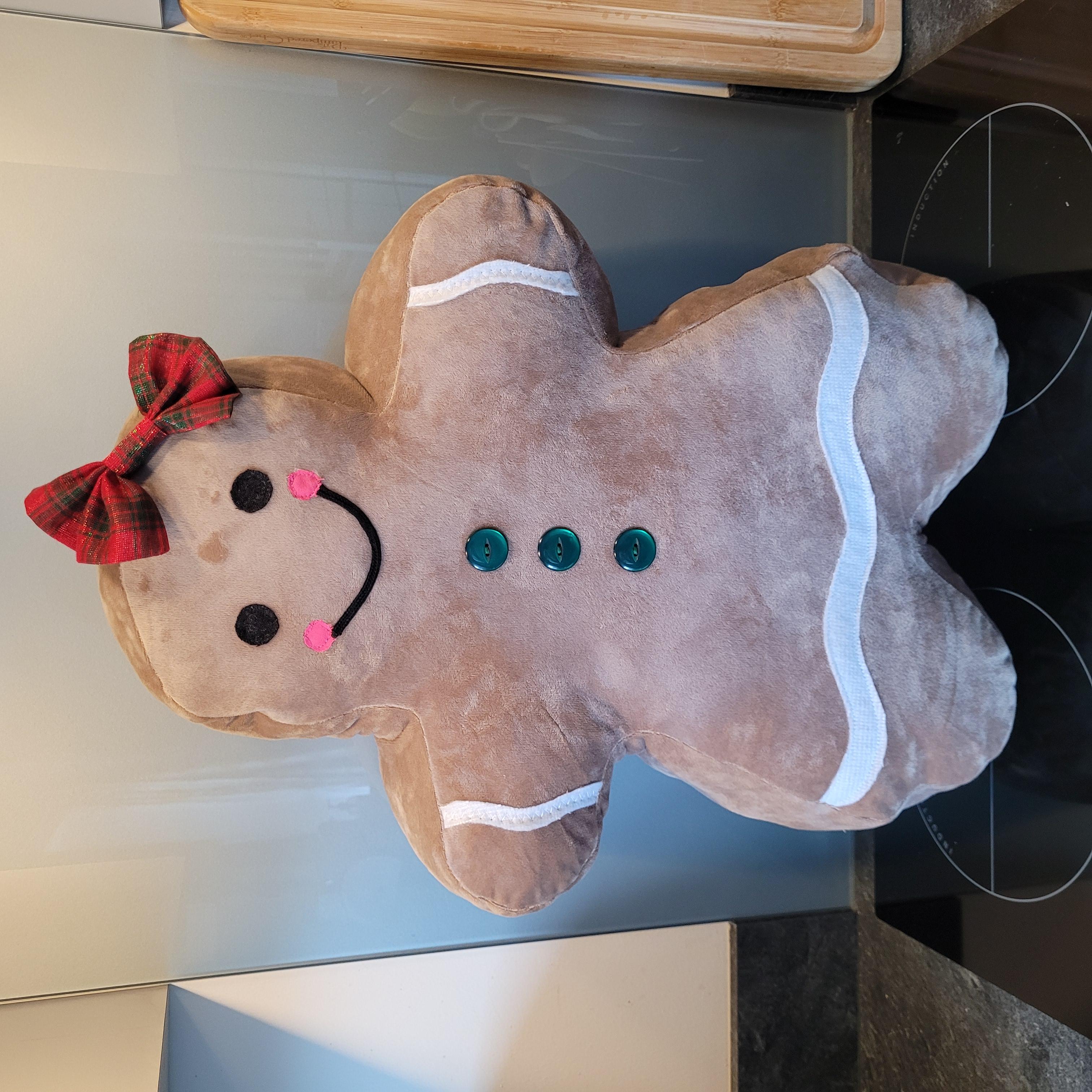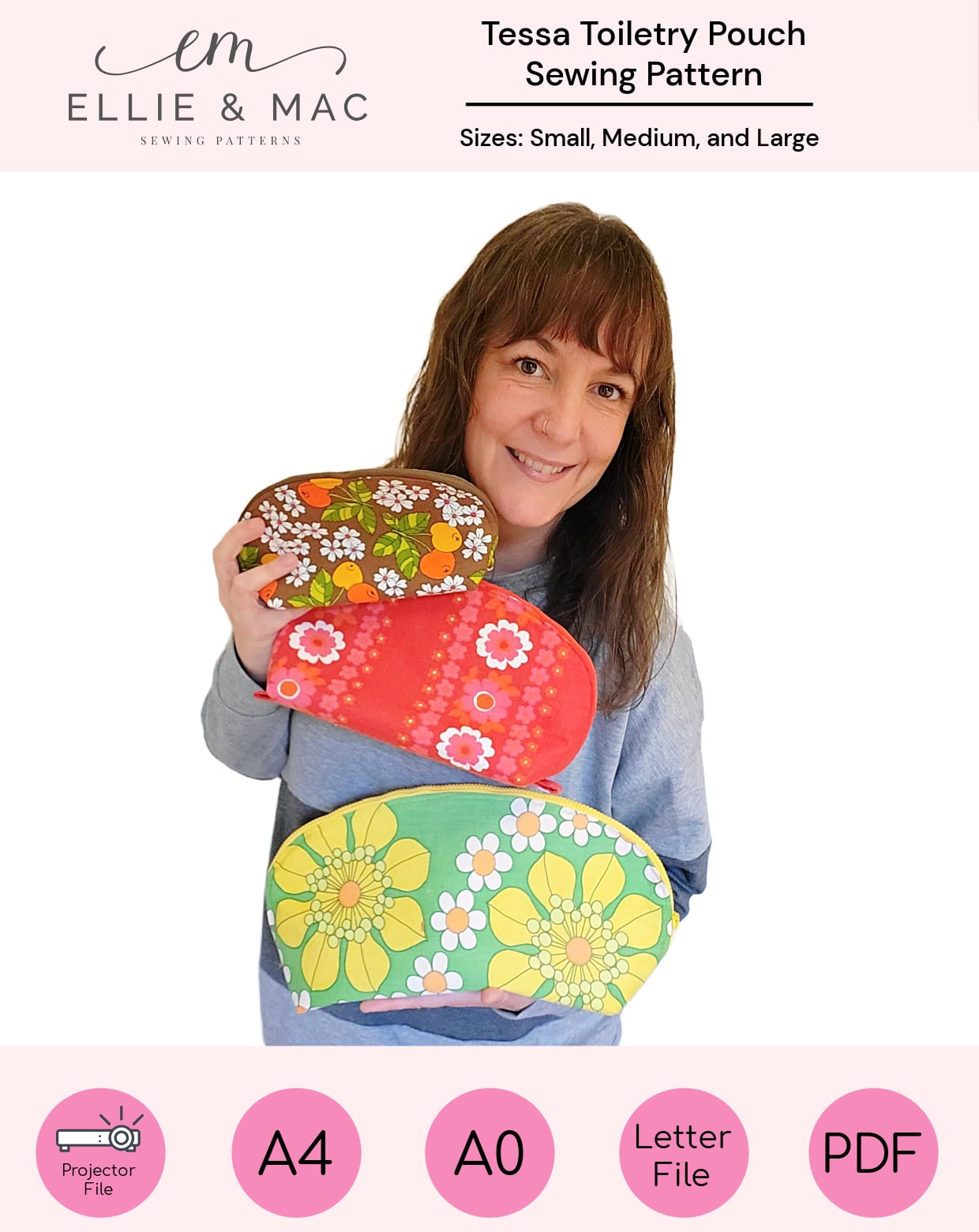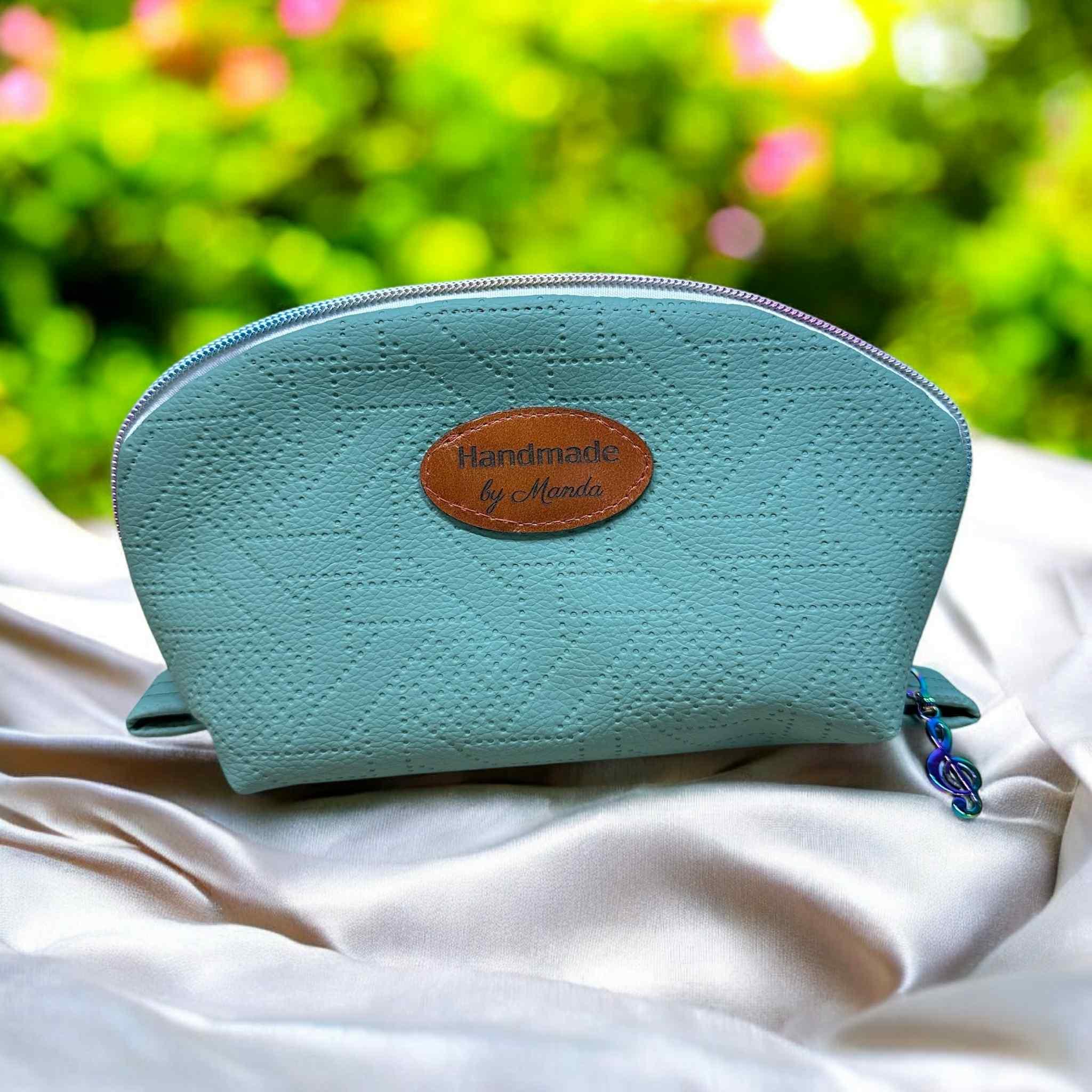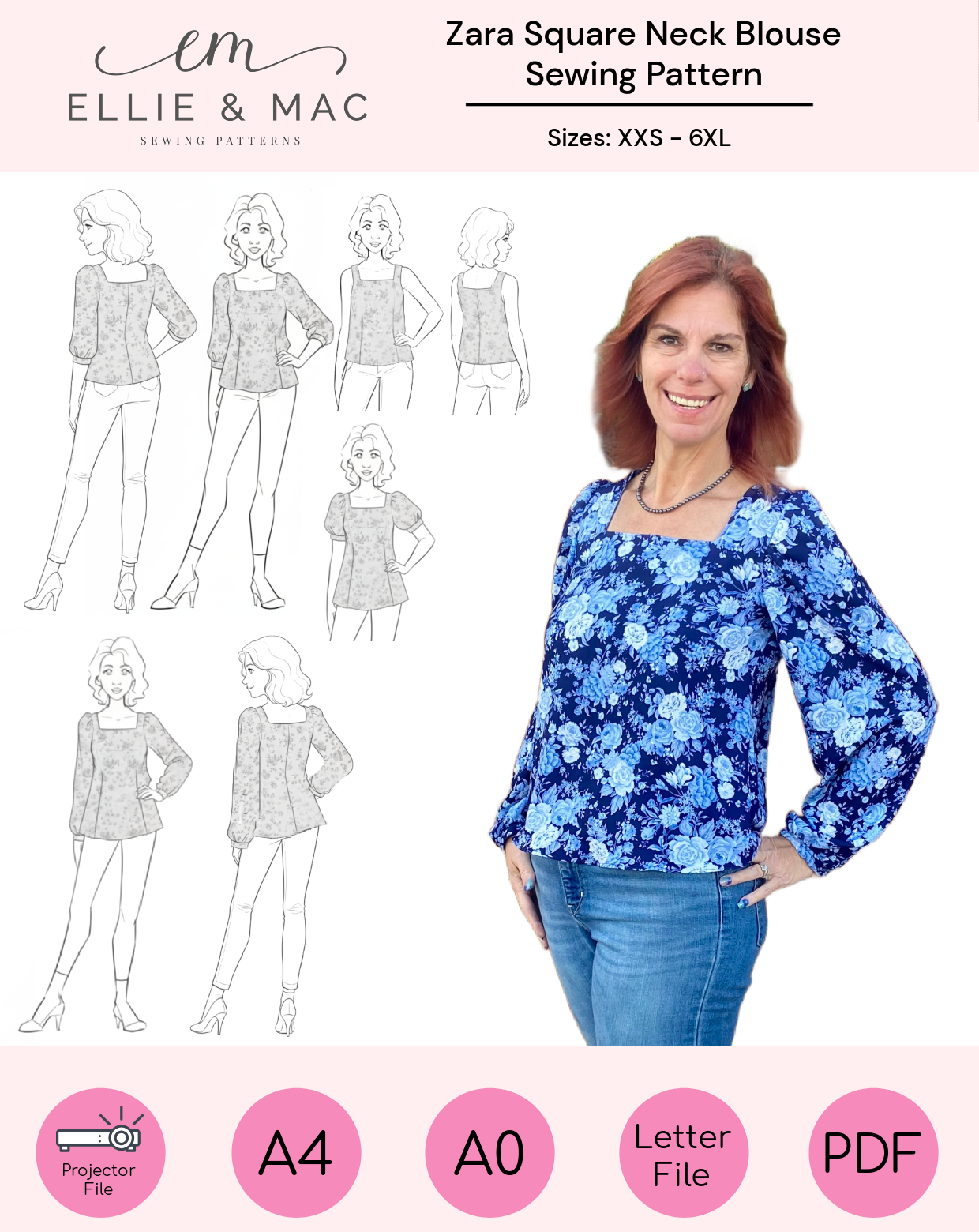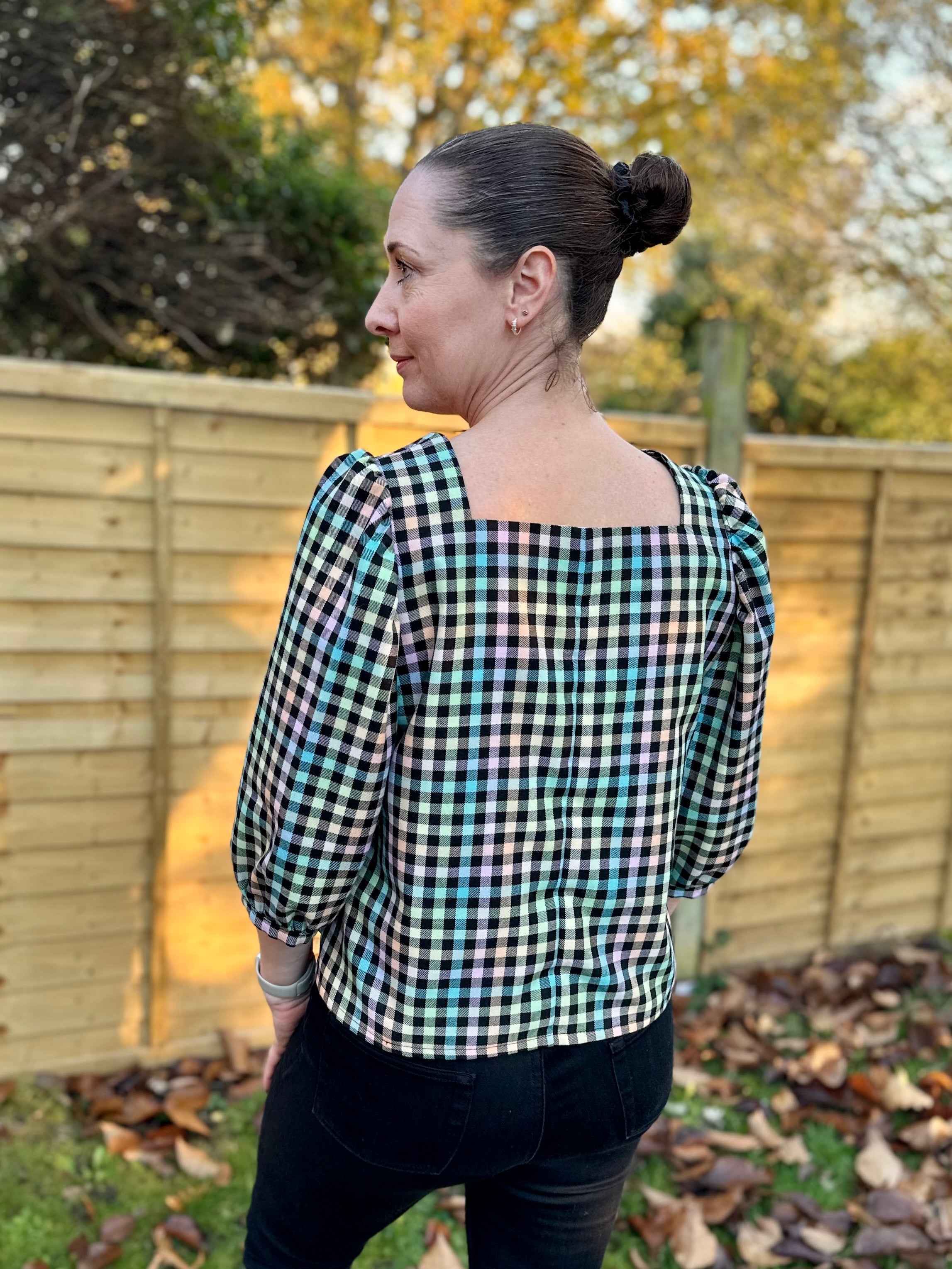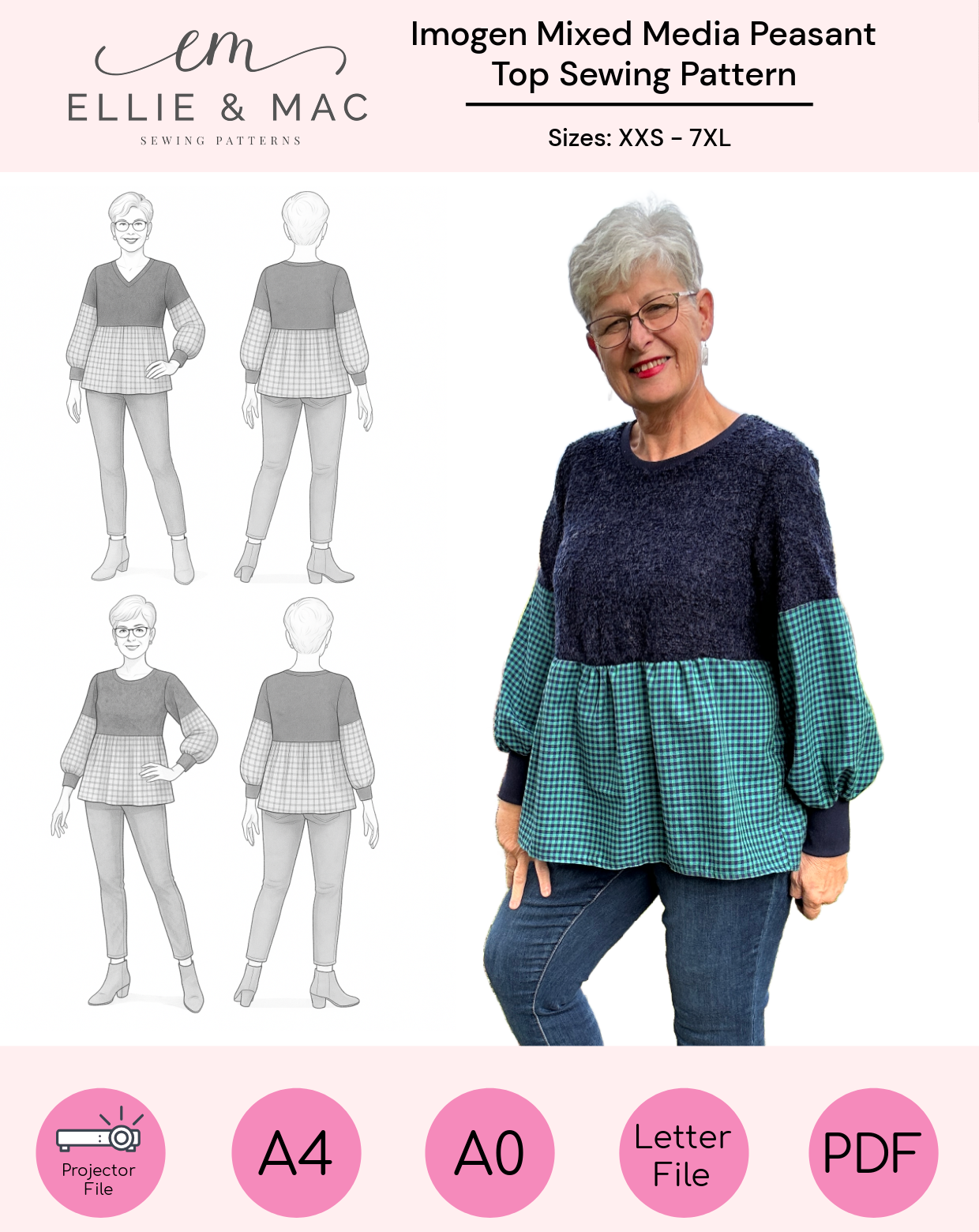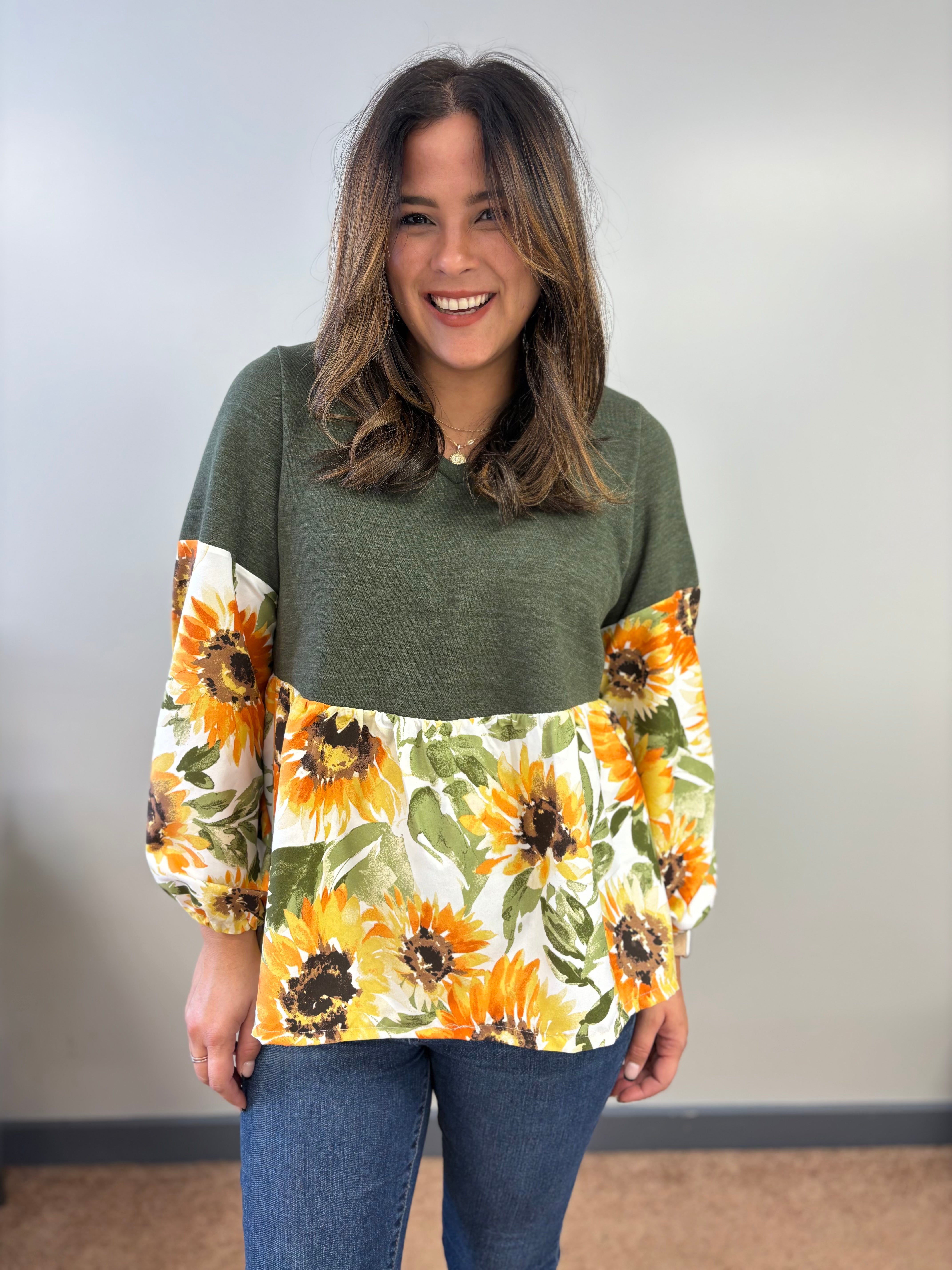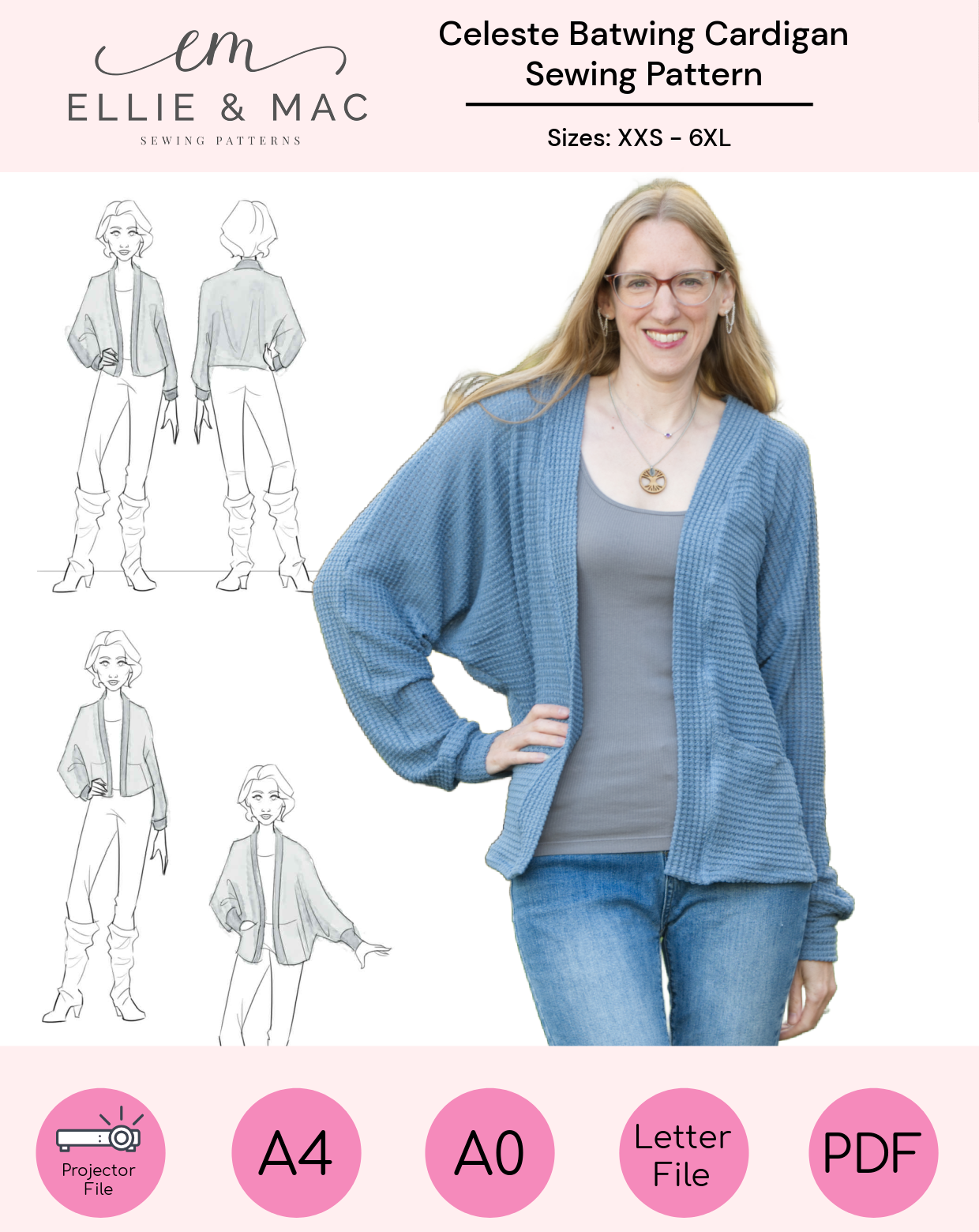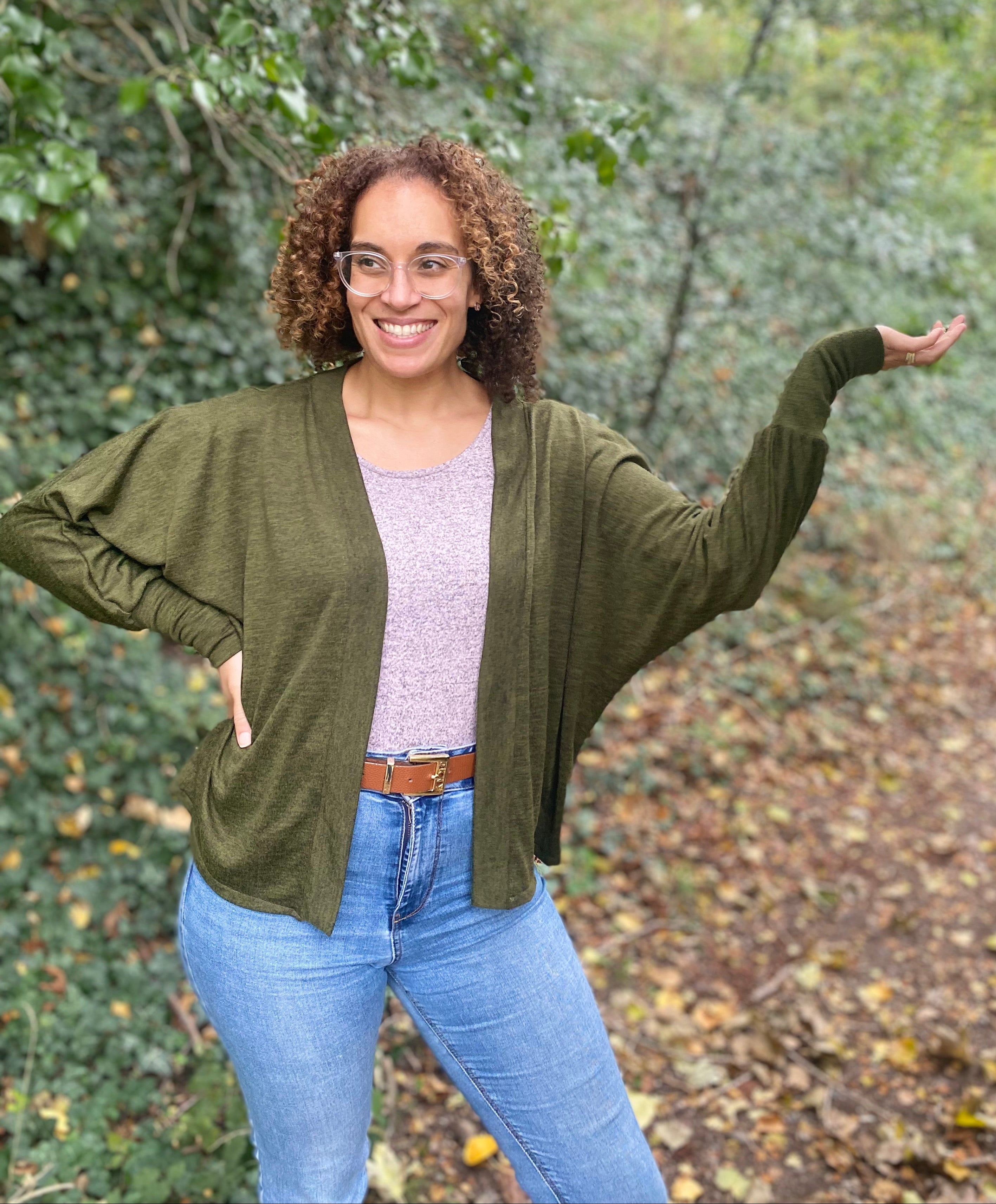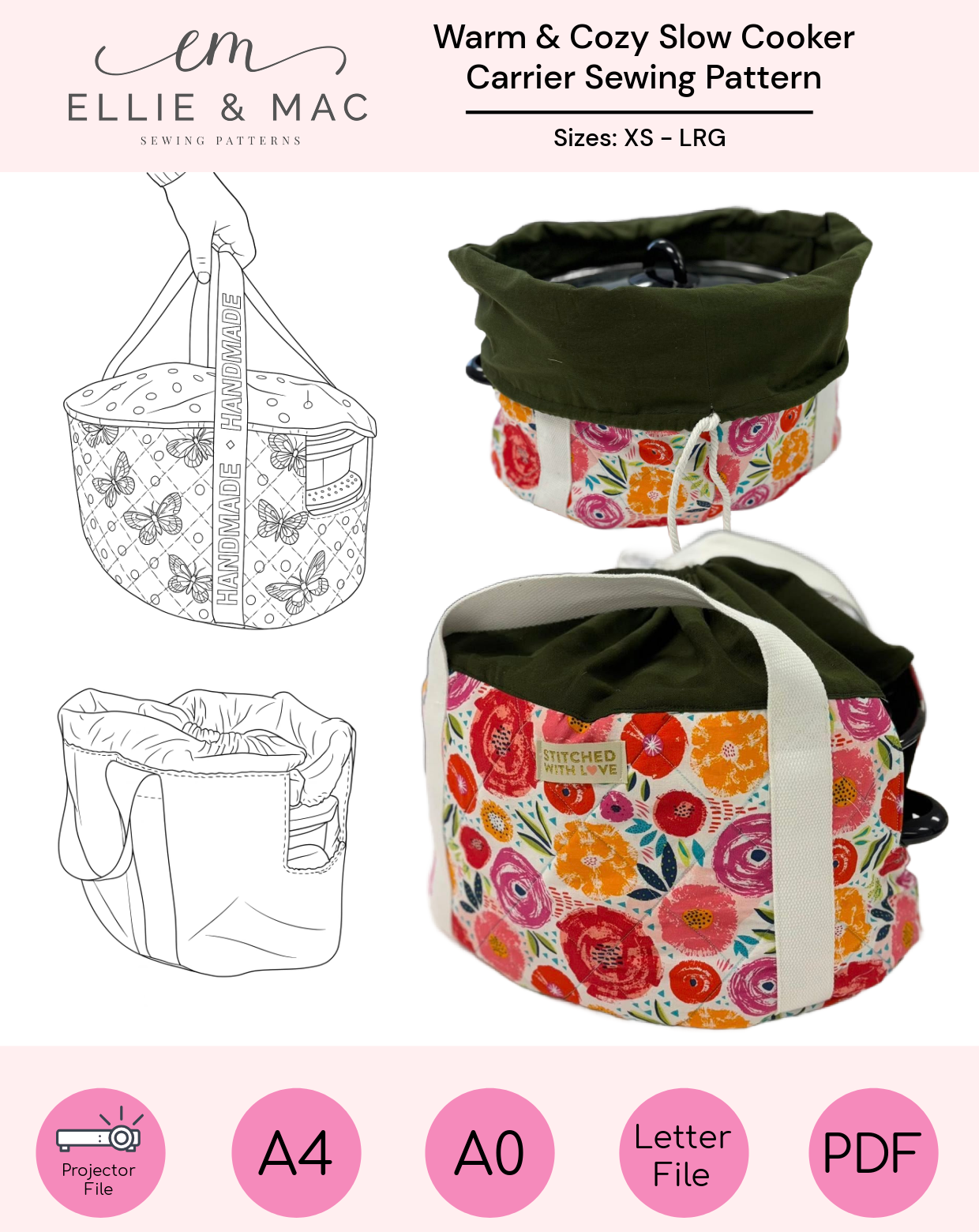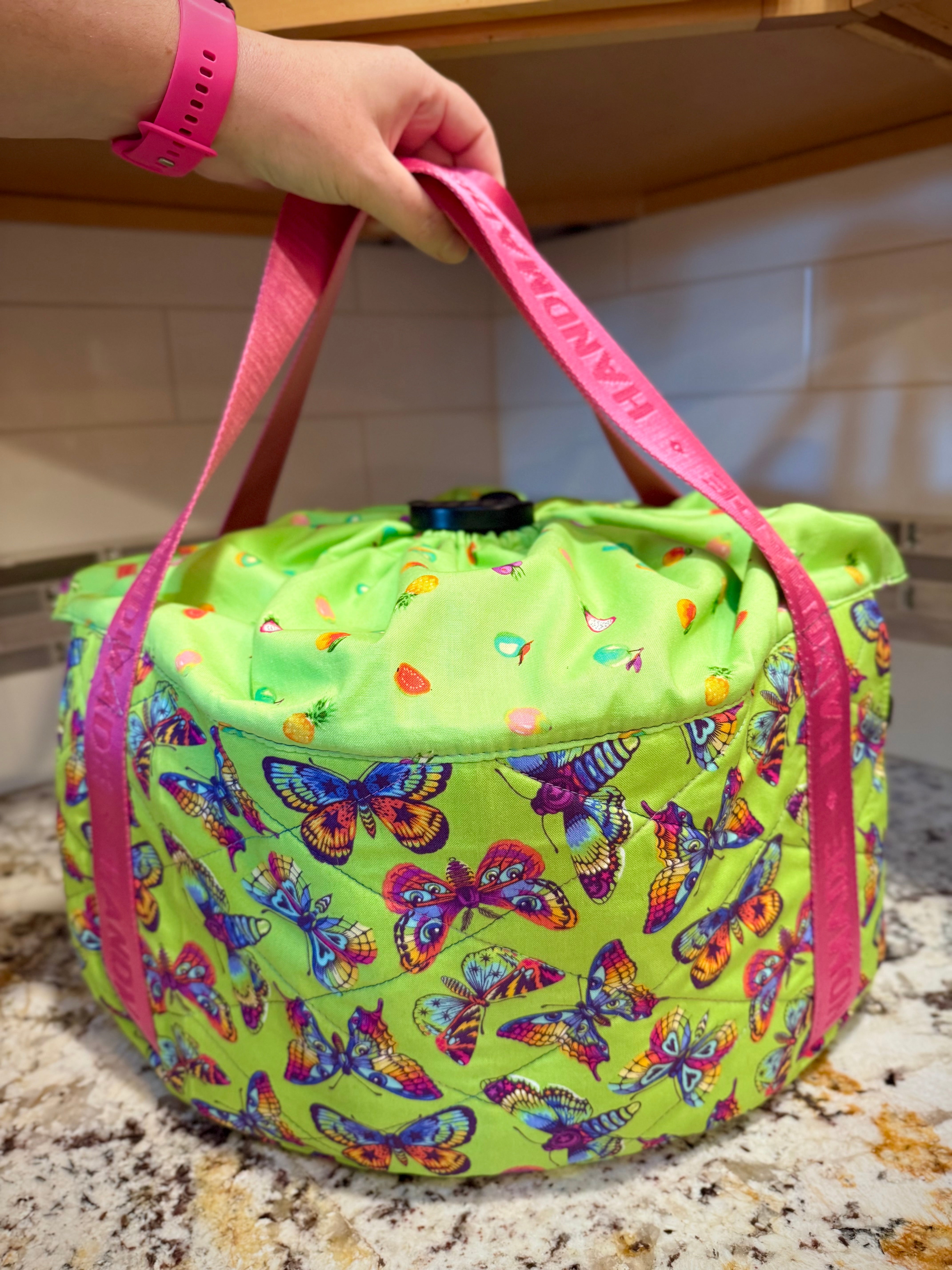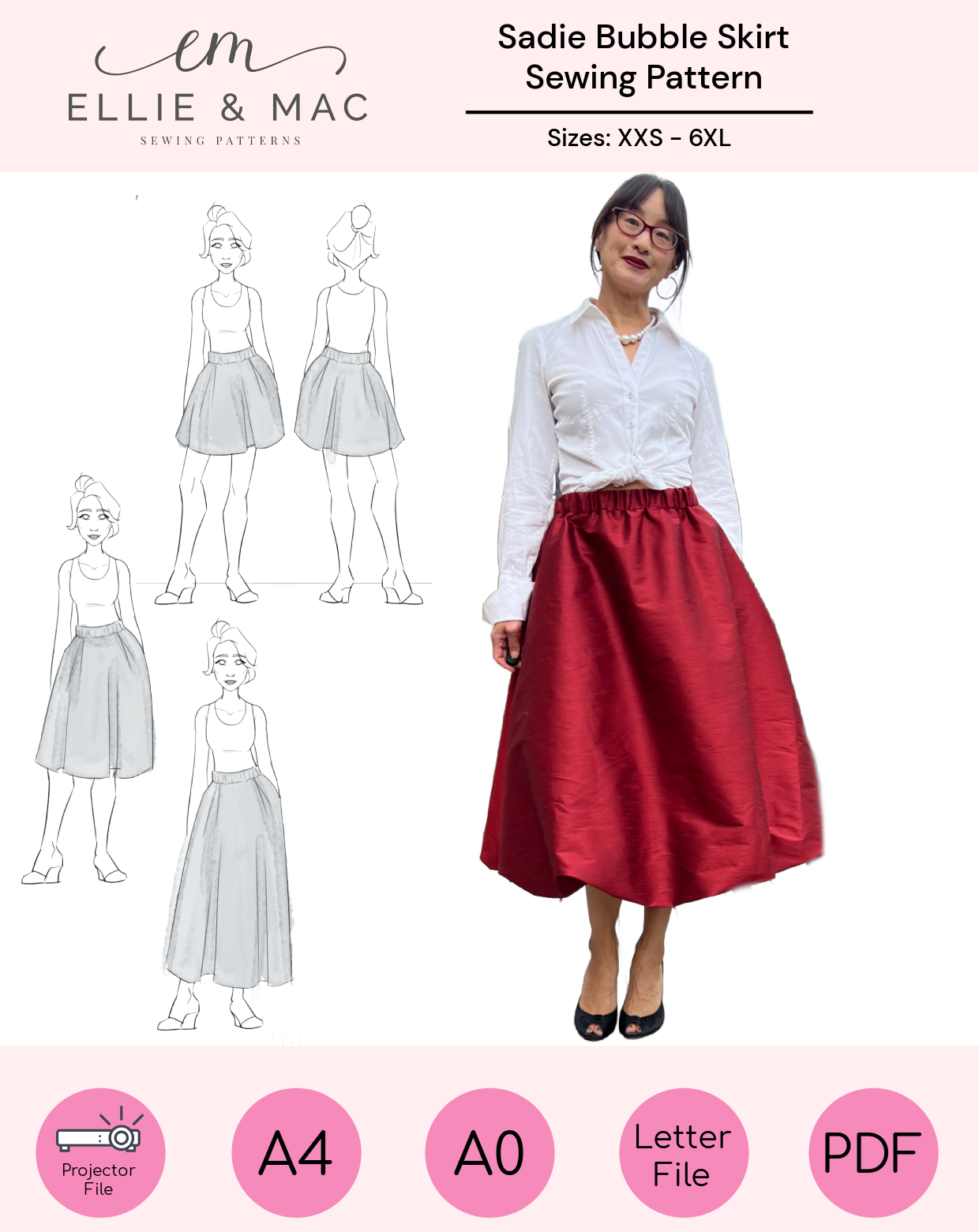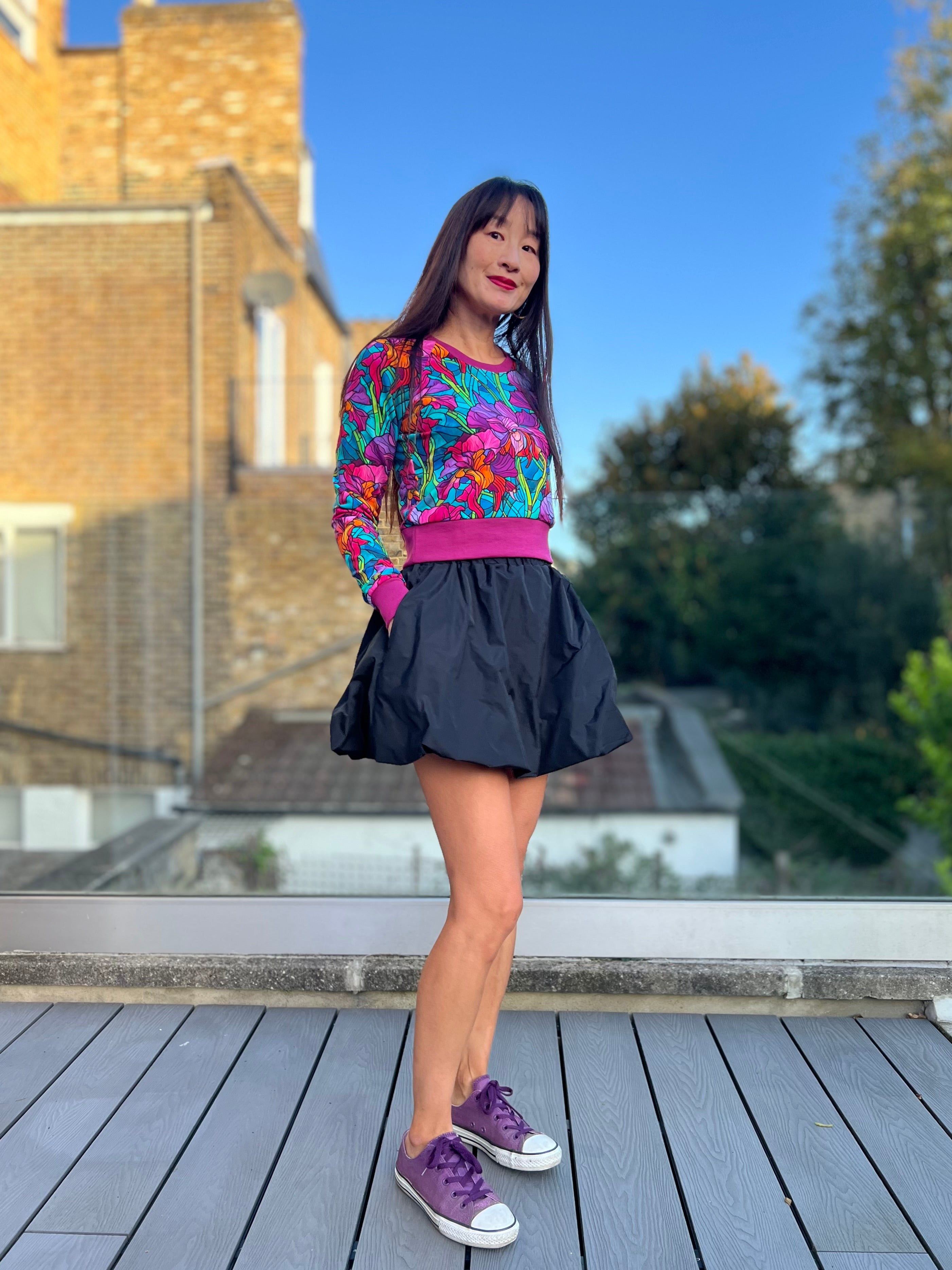Hi everyone! It is Leonie with another blog for Ellie & Mac. It's been a little while since I last shared with you, and I'm excited to get back at it.
This time, I will share with you multiple ways to enhance your woven creation and even your knit one with a step-by-step tutorial on how to sew pin tucks using The Gisella brand-new pattern.
Before jumping directly to the tutorial, I'd like to briefly discuss different types of materials, techniques, or crafts that can be used to enhance your creation. For example, ribbons, buttons, laces, pompoms, rick-rack, plastic bead trims, sequins, rhinestone trims, cord, picot trim ribbons, organza, cord piping, decorative threads, embroidery patches, etc.
Here are some examples of the use of materials in garments using the Collins Top & Dress Pattern.

On the image on the left, I simply sew Grosgrain ribbon all the way around the skirt and sew a bow created with the same ribbon.
For the top right image, I used metallic thread and a decorative stitch to hem the bottom of the dress. I used lace instead of a fabric ruffle.
For the bottom right image, I sew a cute bow-shaped button onto the front fabric ruffle to coordinate with the multicolored bow pattern fabric.
Here’s another example: I simply used lace when hemming my Leonie Wrap Top & Dress Pattern .

The only issue with all these materials is that they can be somewhat pricey, and if you're like me, you sew on a budget. In the following, I will share my tips and tricks for affordable sewing essentials.
First, I always make sure to stop in the Dollar Store's craft alley. In there, I usually look for ribbon, cord, drawstrings, lace, and many other items that might not be intended for sewing but can be repurposed for sewing. I always stop for the vinyl bundle, even though this is a small piece of fabric, it can add a cute pop of color or a touch of uniqueness to bags and crafts.
Here’s an example of what I was able to accomplish using those vinyls with my latest Jenny Crossbody Belt Bag Pattern

Secondly, I visit thrift stores and yard sales. You can be surprised by the gems you can find there. I have found many interesting items in my local hometown's small thrift store, including embroidery patches, vintage buttons, lace (literally a bolt from the store), serger thread, and even fabric.
For my fellow Canadian sewist friends, consider going to Value Village Thrift Store, they sell a bag full of craft supplies. For example, I had bought a bag full of bias tape, trim, thread, lace, overall hardware, zipper, etc., for $3 to $5. Most of them were brand new. So, when you compare that to the retail price, you easily have your money's worth.
Finally, watch on Facebook Marketplace and resale Facebook group, some people often give away stuff or sell them at a low price.

Another thing I enjoy doing to enhance woven clothing is embroidery. I personally do it by hand, as I love that type of handmade craft, but you can also use an embroidery sewing machine.
For my design, I usually research on Google or Pinterest for a random design I love, or create it using Canva.com, then print it and mark my fabric using a washable marker. After that, I just have to embroider. In the image, you can see something I did on the front pocket of an overall.

Well, I've already talked too much; let’s get back on track to the main subject: a step-by-step tutorial explaining how to create a pintuck, as I did on my Gisella Oversized Puff-Sleeve Shirt and Dress Pattern.
The only additional item you will need, aside from basic pattern material, is lace. If you don’t yet have the patterns needed for this tutorial, you can find it here using my referral link.
- Cut two rectangular pieces of fabric that have a little bit more height (1’’ to 2’’) than your shirt front bodice and that are wider by at least 5 to 6 inches. DO NOT cut your front bodice yet.

- Using those two rectangles, measure the amount of fabric needed to make the button placket. Also, take into consideration that the fabric will be folded to create the placket. This represents approximately 2.5’’. This is the minimum of fabric you will need to leave before starting the pintuck. Since I don’t like to start over, I had to leave 3.5" to 4’’ to keep myself some leeway.

- Now that you know the leeway you need, you can start tracing all the lines you will need to accomplish the pintucks themselves. Measure 3.5" to 4’’ from the beginning of your fabric and trace a line using the method of your choice. This line will be line A.

- From the first line (line A), you will trace five other lines. Line B will be 0.5’’ apart from line A. Line C will be 0.75’’ apart from line B. Line D will be 0.5’’ apart from line C. Line E will be 0.75’’ from line D, and finally, line F will be 0.5’’ apart from line E.

- Pin together your line A to B, C to D and E to F. Be careful to create an even pleat. To help you, you can trace another line using a different color between those lines. For example, trace another line, illustrated as the black dot line 0.25’’ from line A, C and E. This new line will be at the top of each pleat you will pin together.

 6. Sew each pintuck together using a straight stitch.
6. Sew each pintuck together using a straight stitch.  7. Press the pintuck down away from the side that will become the button placket.
7. Press the pintuck down away from the side that will become the button placket.  8. Repeat step 2 to 7 using the other rectangular fabric piece you cut at the first step. Be careful; you need to trace every line mirrored. For example, your leeway will be at the right side. You now have two piece that will look like this if you put them side by side.
8. Repeat step 2 to 7 using the other rectangular fabric piece you cut at the first step. Be careful; you need to trace every line mirrored. For example, your leeway will be at the right side. You now have two piece that will look like this if you put them side by side.  9. Go back to your front bodice paper pattern. Trace a line that will represent the end of the button placket (illustrated in blue). This line must be trace 1.25’’ away front the full line on the pattern.
9. Go back to your front bodice paper pattern. Trace a line that will represent the end of the button placket (illustrated in blue). This line must be trace 1.25’’ away front the full line on the pattern.  10. Trace your piece onto your rectangle fabric piece. Use the line you just traced (illustrated in blue) as a guide. This line needs to be 0.25’’ away from the first pintuck. DO NOT cut your front pieces yet to prevent over handling the piece that might cause warping or distortion.
10. Trace your piece onto your rectangle fabric piece. Use the line you just traced (illustrated in blue) as a guide. This line needs to be 0.25’’ away from the first pintuck. DO NOT cut your front pieces yet to prevent over handling the piece that might cause warping or distortion.  11. At this point, you can leave it as it is if this is the look you wanted. But for me, I really wanted to add lace for the extra look I wanted to achieve. To do that, you will need to place the lace below your pintuck. Sew using a straight stitch.
11. At this point, you can leave it as it is if this is the look you wanted. But for me, I really wanted to add lace for the extra look I wanted to achieve. To do that, you will need to place the lace below your pintuck. Sew using a straight stitch.  12. Repeat step 11 for all yours pintucks.
12. Repeat step 11 for all yours pintucks.  13. Cut your front piece and staystitch your neckline before beginning construction as instructed in the pattern tutorial.
13. Cut your front piece and staystitch your neckline before beginning construction as instructed in the pattern tutorial. 14. My work is now done! Now you only have to follow the pattern tutorial to achieve your shirt or dress. And, tah-da! You have a beautiful, unique shirt!
14. My work is now done! Now you only have to follow the pattern tutorial to achieve your shirt or dress. And, tah-da! You have a beautiful, unique shirt!  Before finishing, I want to give you some variants you can do: - You can adjust the number of pintucks your doing - You can adjust the width of the pintuck and/or the distance between them - As instructed in step 11, you can leave is as it is, or sew down your pintuck.
Before finishing, I want to give you some variants you can do: - You can adjust the number of pintucks your doing - You can adjust the width of the pintuck and/or the distance between them - As instructed in step 11, you can leave is as it is, or sew down your pintuck. Finally, you can use a twin needle to sew them. It is not my preferred method, during my test I didn’t get the professional look I wanted to achieve. There is a lot of tutorials out there if you want to look at it. You simply sew a straight stitch using your twin needle, then pull the back thread to create your pintuck. Personally, the best result I have got using this method is my using a smaller stitch length than I would normally do using my twin needle on knit and by increasing my thread tension.
Finally, you can use a twin needle to sew them. It is not my preferred method, during my test I didn’t get the professional look I wanted to achieve. There is a lot of tutorials out there if you want to look at it. You simply sew a straight stitch using your twin needle, then pull the back thread to create your pintuck. Personally, the best result I have got using this method is my using a smaller stitch length than I would normally do using my twin needle on knit and by increasing my thread tension.  I really hope you enjoy reading this blog post and leaning a little bit more about all those different ways to enhance your creation. As you can see, the only limitation we have is our imagination! If you like, feel free to follow me on social media @sew_with_leonie on Instagram or @lebazarcreatifdeleonie on Facebook for my French sewist friends.
I really hope you enjoy reading this blog post and leaning a little bit more about all those different ways to enhance your creation. As you can see, the only limitation we have is our imagination! If you like, feel free to follow me on social media @sew_with_leonie on Instagram or @lebazarcreatifdeleonie on Facebook for my French sewist friends.


